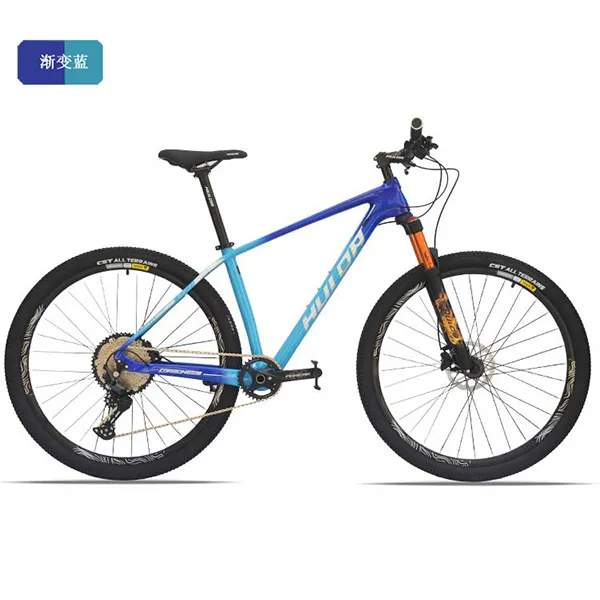
- Afrikaans
- Albanian
- Amharic
- Arabic
- Armenian
- Azerbaijani
- Basque
- Belarusian
- Bengali
- Bosnian
- Bulgarian
- Catalan
- Cebuano
- Corsican
- Croatian
- Czech
- Danish
- Dutch
- English
- Esperanto
- Estonian
- Finnish
- French
- Frisian
- Galician
- Georgian
- German
- Greek
- Gujarati
- Haitian Creole
- hausa
- hawaiian
- Hebrew
- Hindi
- Miao
- Hungarian
- Icelandic
- igbo
- Indonesian
- irish
- Italian
- Japanese
- Javanese
- Kannada
- kazakh
- Khmer
- Rwandese
- Korean
- Kurdish
- Kyrgyz
- Lao
- Latin
- Latvian
- Lithuanian
- Luxembourgish
- Macedonian
- Malgashi
- Malay
- Malayalam
- Maltese
- Maori
- Marathi
- Mongolian
- Myanmar
- Nepali
- Norwegian
- Norwegian
- Occitan
- Pashto
- Persian
- Polish
- Portuguese
- Punjabi
- Romanian
- Russian
- Samoan
- Scottish Gaelic
- Serbian
- Sesotho
- Shona
- Sindhi
- Sinhala
- Slovak
- Slovenian
- Somali
- Spanish
- Sundanese
- Swahili
- Swedish
- Tagalog
- Tajik
- Tamil
- Tatar
- Telugu
- Thai
- Turkish
- Turkmen
- Ukrainian
- Urdu
- Uighur
- Uzbek
- Vietnamese
- Welsh
- Bantu
- Yiddish
- Yoruba
- Zulu
Nov . 11, 2024 13:49 Back to list
rear derailleur for mountain bike
Understanding Rear Derailleurs for Mountain Bikes
When it comes to mountain biking, having a reliable and efficient drivetrain is essential for performance and enjoyment on the trails. A crucial component of this system is the rear derailleur, which plays a pivotal role in shifting gears smoothly and accurately. This article will explore the function, types, and maintenance of rear derailleurs specifically designed for mountain bikes.
What is a Rear Derailleur?
The rear derailleur is a gearing component that moves the chain between different gears on the cassette located at the back wheel of the bike. When a rider changes gears by shifting the handlebars, the derailleur adjusts the position of the chain, allowing it to move seamlessly between sprockets. This mechanism ensures that riders can easily adapt to varying terrain, whether it be steep climbs, flat sections, or fast descents.
How Does a Rear Derailleur Work?
The rear derailleur consists of several key parts that work in harmony to achieve smooth gear shifts. The main components include the body, the spring mechanism, and the pulley wheels. The derailleur is connected to the bike's shifters via cables. When you pull the shifter, it tensions the cable, prompting the derailleur to move sideways. Depending on the tension, the derailleur moves the chain either up or down the cassette, allowing for a change in gears.
A well-functioning rear derailleur ensures that the chain has proper tension and alignment, which is crucial for efficient power transfer and preventing chain slippage, especially when navigating technical trails.
Types of Rear Derailleurs
rear derailleur for mountain bike

Mountain bike rear derailleurs come in two primary types short cage and long cage.
1. Short Cage Derailleurs These are suitable for bikes with a smaller gear range, typically found on cross-country and racing bikes. They provide quick shifting and a more responsive feel. However, they are less forgiving with larger jumps between gears.
2. Long Cage Derailleurs These are designed to accommodate a wider gear range and are ideal for all-mountain and trail bikes. They can handle larger cassettes, making them more versatile for various terrains. The long cage provides greater chain wrap, which is beneficial in rough conditions where chain tension could become an issue.
Additionally, some mountain bikes feature clutch derailleurs, which have a dampening mechanism that helps maintain chain tension. This feature minimizes chain bounce and reduces the chance of the chain derailing when riding over rough terrain.
Maintenance of Rear Derailleurs
To ensure that the rear derailleur functions optimally, regular maintenance is necessary. Here are some tips
- Keep it Clean Dirt and debris can obstruct the movement of the derailleur. Regularly clean the derailleur and surrounding areas to prevent accumulation. - Inspect Cable and Housing Check for frayed cables and worn housing. Replacing these components can greatly improve shifting performance. - Adjust Limit Screws Periodically check and adjust the limit screws to prevent the derailleur from shifting the chain off the gears. - Check Alignment Ensure that the derailleur is correctly aligned with the cassette. Any misalignment can lead to poor shifting and increased wear on the components.
In summary, the rear derailleur is a vital element in the mountain bike drivetrain, enabling riders to efficiently handle varying terrains. By understanding its function, types, and maintenance needs, cyclists can enhance their riding experience and ensure their bike remains in top condition for every adventure on the trails. Whether you're a casual rider or a competitive athlete, investing time in your derailleur will pay off in smoother rides and improved performance.
-
The Ultimate Kids' Four-Wheeler Experience
NewsJul.09,2025
-
The Ultimate Guide to Mountain Bikes: Gear Up for Your Ride
NewsJul.09,2025
-
The New Age of Cycling: Electric Bikes for Every Rider
NewsJul.09,2025
-
The Best Kids Bicycles: Ride in Style and Safety
NewsJul.09,2025
-
The Best 3-Wheel Scooters for Kids: Fun, Safety, and Adventure
NewsJul.09,2025
-
Revolutionize Your Ride: Affordable Electric Bikes
NewsJul.09,2025
-
Finding the Perfect Mountain Bike for Every Rider
NewsJul.09,2025



